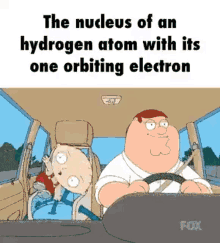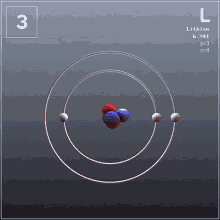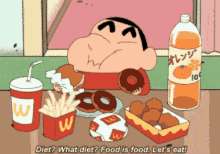Have you ever thought of WHAT IS PRESENT IN THE VACANT SPACE UP THERE? Speaking scientifically, what elements are present from our grocery store (Periodic Table) on the dining table of the cosmos?

Let’s watch 3 initial elements placed at the entrance of the grocery store. The milk, bread, and meat is in cold storage. Well if you see these are the necessary elements for us in our day-to-day lives. Likewise, the cosmos has Hydrogen, Helium, and Lithium…!!!!!
Drumroll !!

Let’s start with HYDROGEN.
With only one proton in its nucleus, hydrogen is the lightest and simplest element, made entirely during the Big Bang. Out of the ninety- four naturally occurring elements, hydrogen lays claim to more than two-thirds of all the atoms in the human body, and more than ninety percent of all atoms in the cosmos, on all scales, right on down to the solar system. Hydrogen in the core of the massive planet Jupiter is under so much pressure that it behaves more like a conductive metal than a gas, creating the strongest magnetic field among the planets. Every second every day, 4.5 million tons of fast-moving hydrogen nuclei are turned into energy as they slam together to make helium within the 15-million-degree core of the sun !!!!!

You can literally have hydrogen everywhere.
HELIUM
Helium is widely recognized as an over-the-counter, low-density gas that, when inhaled, temporarily increases the vibrational frequency of your windpipe and larynx, making you sound like Mickey Mouse.

Helium is the second simplest and second most abundant element in the universe. Although a distant second to hydrogen in abundance, there’s four times more of it than all other elements in the universe combined. One of the pillars of Big Bang cosmology is the prediction that in every region of the cosmos, no less than about ten percent of all atoms are helium, manufactured in that percentage across the well-mixed primeval fireball that was the birth of our universe. Since the thermonuclear fusion of hydrogen within stars gives you helium, some regions of the cosmos could easily accumulate more than their ten percent share of helium, but, as predicted, no one has ever found a region of the galaxy with less.
Some thirty years before it was discovered and isolated on Earth, astronomers detected helium in the spectrum of the Sun’s corona during the total eclipse of 1868. As noted earlier, the name helium was duly derived from Helios, the Greek sun god.

LITHIUM
Lithium is the third simplest element in the universe, with three protons in its nucleus. Like hydrogen and helium, lithium was made in the Big Bang, but unlike helium, which can be manufactured in stellar cores, lithium is destroyed by every known nuclear reaction. Another prediction of Big Bang cosmology is that we can expect no more than one percent of the atoms in any region of the universe to be lithium. No one has yet found a galaxy with more lithium than this upper limit supplied by the Big Bang. The combination of helium’s upper limit and lithium’s lower limit gives a potent dual constraint on tests for Big Bang cosmology.

WELL, THAT WAS JUST THE STARTER FOR YOU, MAIN COURSE IS YET TO COME. There are many more crucial elements present out there that are familiar to us. We are going to order them and enjoy the whole dinner! Till then keep reading, keep exploring!



7 responses to “DINNER TABLE OF THE COSMOS”
Just love your knowledge and the way of presenting it!!❤️❤️❤️
Nice blog…keep it up 👍
The way you presented it, Wow! 🫶👏
Nice blog…loved it😃
Very nice !!
It was great
Spending my time reading such content…
Is definitely good choice for dinner.
It is great overall
Spending my time reading such content
Is definitely would be my choice for the dinner